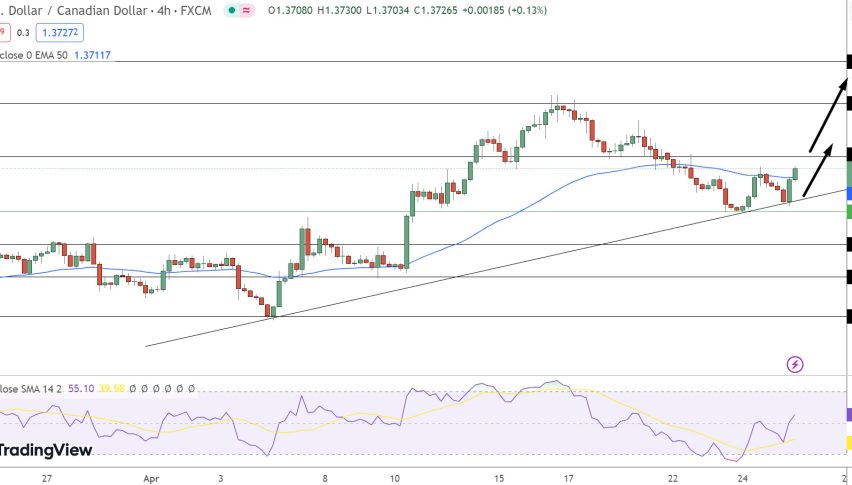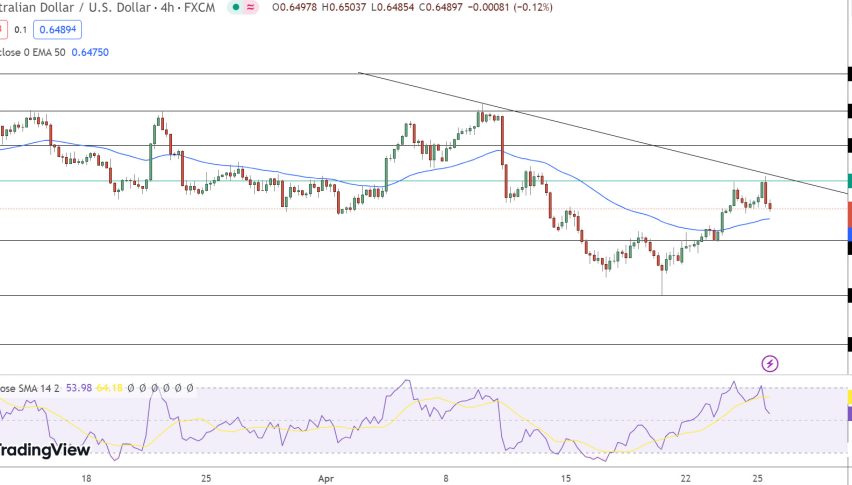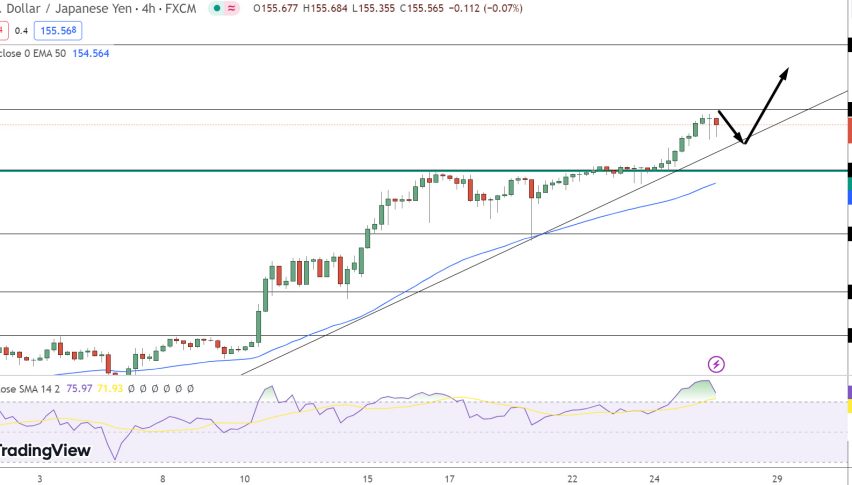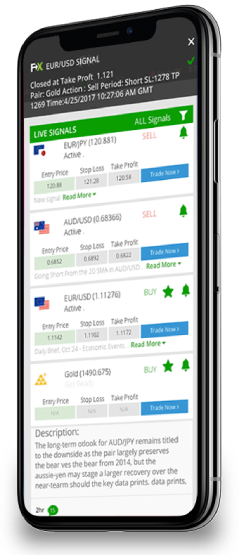During Thursday’s Asian trading session, the WTI crude oil price lost some of its bullish early-day ground, but remained traded well above the $ 45.00 level, as OPEC+ resumed talks on an extension of the output cuts after an impasse, which underpinned the crude oil prices. Apart from this, the hopes surrounding further financial stimulus and coronavirus vaccines are also lending support to the higher-yielding oil. On the western side of the Atlantic, the reason for the gains in the crude oil prices could also be associated with the weakness of the broad-based US dollar, which tends to underpin the crude oil prices, due to the inverse relationship between the price of oil and the greenback. However, the sentiment surrounding the US dollar was under pressure, due to the possibility that the US economic stimulus measure will soon be passed, coupled with the first approval of a COVID-19 vaccine, both of which have urged investors towards riskier currencies and higher-yielding assets rather than the safe-haven assets.
On the contrary, the smaller-than-expected draw in the US weekly crude stockpiles data, as shown by the Energy Information Administration (EIA), keeps challenging the upside momentum of crude oil, and enhancing the key factor that has put a lid on any further gains in the crude oil prices.
The gains in the crude oil prices were also capped by the on-going worries over the intensifying coronavirus situation in the US and Europe, which keeps fueling doubts over economic recovery. At the moment, crude oil is trading at $ 45.05, and consolidating in a range between 44.67 and 45.40.
Despite the on-going worries over the numbers of coronavirus (COVID-19) cases, the market trading sentiment managed to stop its bearish performance of the previous-day, turning bullish during the Asian trading session. The reason for the risk-on market trading sentiment could be attributed to the prevalent optimism over a possible early rollout of vaccines for the highly infectious coronavirus. Apart from this, the easing tension between the US and China under US President-elect Joe Biden’s leadership is also helping the market trading sentiment to stay within a bidding range, which tends to underpin the sentiment surrounding crude oil, which is a higher-yielding investment.
On the USD front, the broad-based US dollar failed to extend its bullish overnight moves, only taking modest offers during the Asian session, as doubts over the economic recovery from COVID-19 in the US remains on the cards. Furthermore, the US Federal Reserve’s expectations of further monetary easing are also weighing on the greenback. Besides this, the encouraging data from COVID-19 vaccine developers is also urging investors towards riskier currencies and higher-yielding assets, and away from the safe-haven assets, which inevitably leads to losses in the safe-haven US dollar. However, the losses in the greenback have become a key factor that has kept a lid on any additional losses in the crude oil prices, as the oil price is inversely related to the price of the greenback. Meanwhile, the US Dollar Index, which tracks the greenback against a bucket of other currencies, has dropped to 90.993.
Across the pond, the Organization of the Petroleum Exporting Countries (OPEC) and its allies (OPEC+) are set to resume talks over whether to extend the record oil output cuts. Earlier this week, the members of the alliance were unable to reach a compromise. It is worth recalling that OPEC+ is widely expected to extend the oil production cuts of 7.7 million barrels per day, or 8% of global supplies, at least until March 2021.
On the contrary, the fears of rising numbers of coronavirus (COVID-19) cases in the US, Europe and some of the notable Asian nations keep fueling concerns over global economic recovery, which is putting the brakes on any upside momentum in the crude oil prices. The Brexit woes and talks surrounding the tension between the Dragon Nation and the West are also weighing on crude oil prices.
Besides this, the smaller-than-expected draw in the US weekly crude stockpiles data, as shown by the Energy Information Administration (EIA) figures, keeps challenging the upside momentum of crude, and it has become the key factor that is limiting any additional gains in the crude oil prices. On the data front, the US Energy Information Administration data showed a 679,000-barrel draw in US crude oil supplies for the week ending Nov. 27. It is worth mentioning that the draw was smaller than both the projected 2.358-million-barrel draw and the previous week’s 754,000-million-barrel draw.
Looking forward, market traders will keep their eyes on the OPEC+ decision and the US stimulus talks, for near-term direction. In addition to this, the risk catalysts, like geopolitics and the virus woes, not to forget the Brexit, will continue to play a significant role. Good luck!












